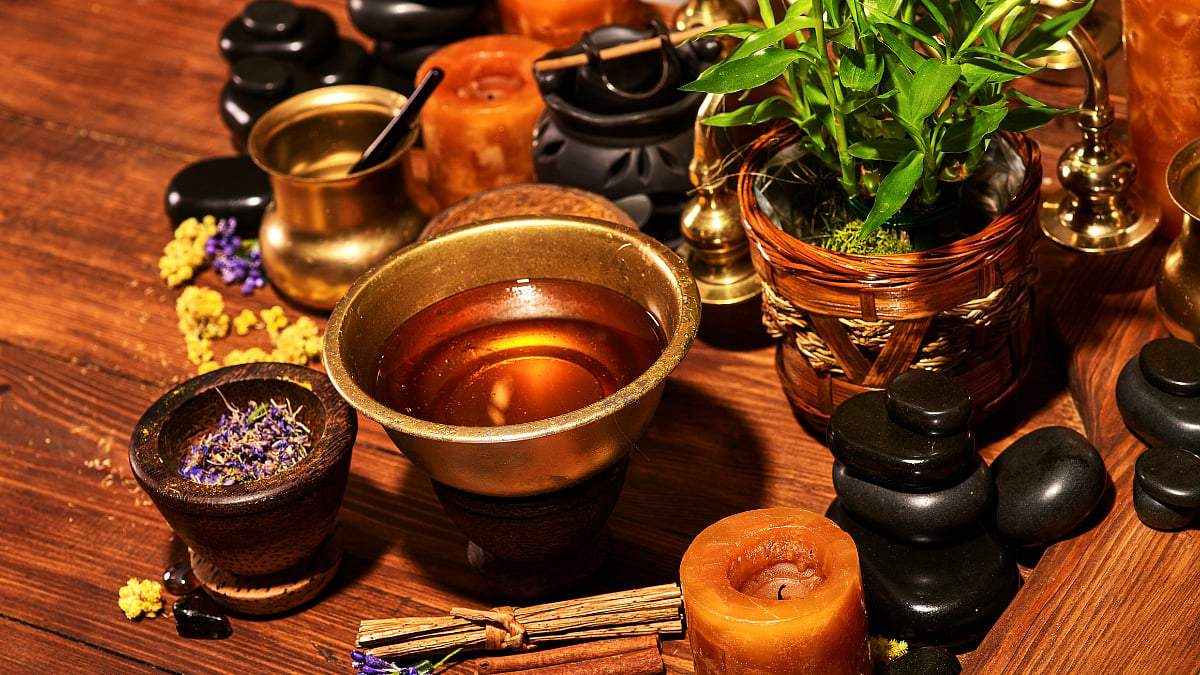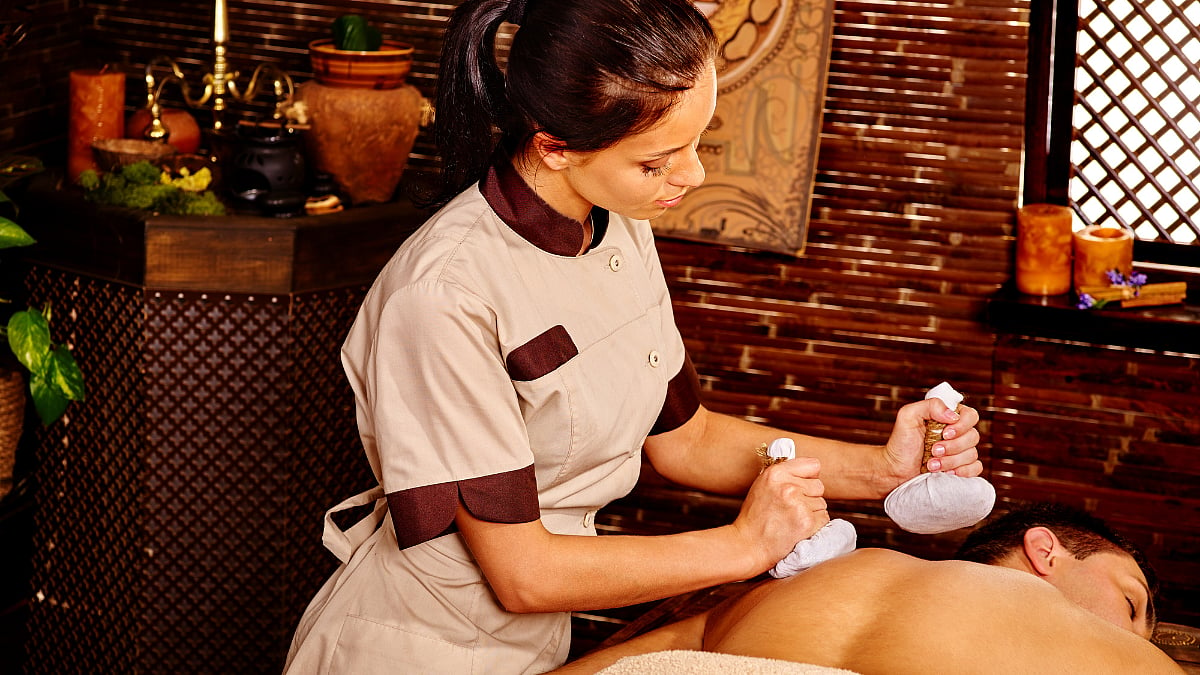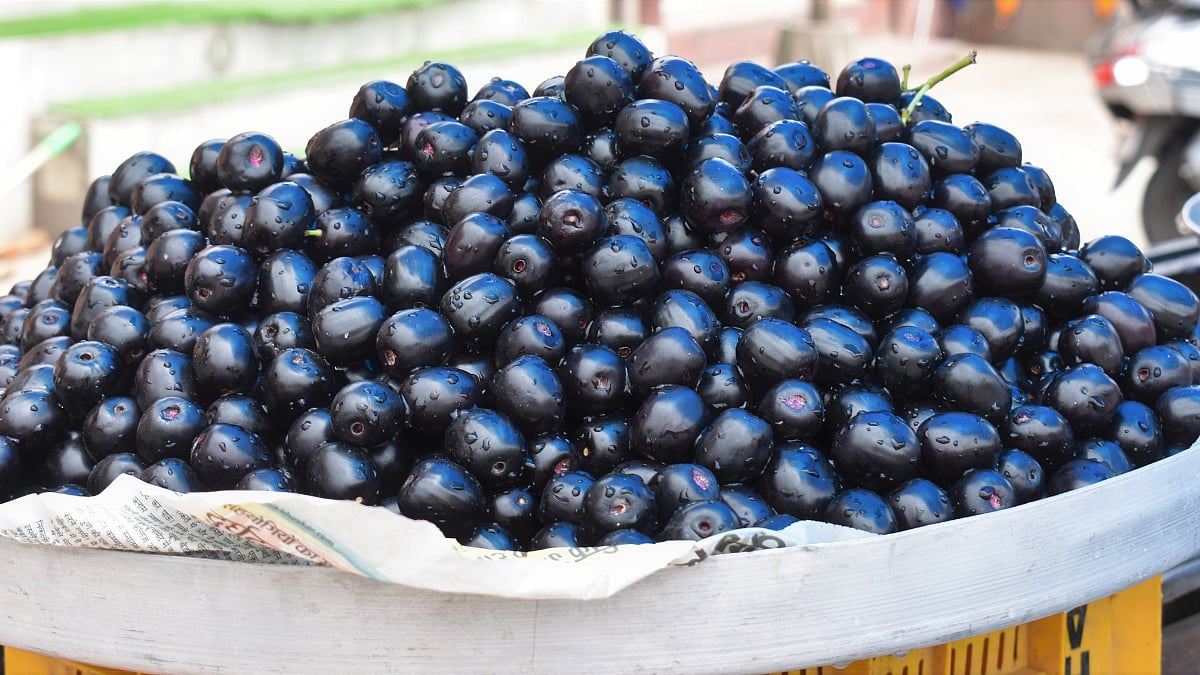Ayurvedic treatment doesn’t work by just asking about the problem and giving solutions. Before any Ayurvedic treatment, the practitioner examines the disease. In this first part, we know Pramāņa, or the means of valid knowledge, and the first two out of four Pramāņas. We also discovered Patanjali products for general health.
Pramāņa: The Means of Valid Knowledge
Pramāņa refers to the ways of gaining experience or practical knowledge, which are used when examining a patient and their illness. In Ayurveda, the following Pramāņas help in disease examination: Āptopadeśa (Authoritative Testimony), Pratyakşa (Direct Observation), Anumāna (Inference), and Yukti (Reasoning). In this article, we will discuss the first two.

Āptopadeśa (Authoritative Testimony)
Those free of doubts, enmity, fear, arrogance, indignity, self-importance, ignorance, and have certainty, complete and practical knowledge of their subject, and express that knowledge for others’ well-being, are called ‘āpta’ or ‘śista’ – authorised or reliable. According to Charaka, those free from Rajas (root cause of attachment and aversion), and Tamas (covering of ignorance), and have strength of penance and flawless knowledge are called ‘āpta’ (with acquired knowledge) or śista’ (expert in discipline). They don’t have any doubt since they are devoid of Rajas and Tamas.
So, ‘āpta’ and śista’ people are credible, and without any acquisition, attachment, and aversion. The discourse or spiritual testimony of these learned people is called āptopadeśa or śabda pramāņa (authoritative statement of a person with acquired perfect knowledge). Generally, the knowledge acquired by these people is the first step towards disease examination, followed by direct observation and inference to further confirm the disease. As per Ayurveda, a physician with knowledge not learnt through āptopadeśa cannot diagnose a disease by observation and inference.
Ayurvedic treatises like Charaka Samhitā are the āptopadeśa (scriptural testimony). With their help, a practitioner gets information about a disease, its diagnosis, Dosha imbalances and vitiated tissues, disease form and type, disease’s spreading path, initial signs, diagnostic symptoms, disease category, curability, and if it can relapse, disease complications, name, treatment type required, and diet compatibility of the patient. Thus, āptopadeśa is an essential method to examine a disease.
Pratyakşa (Perception or Direct Observation)
Perception is the information from the contact of the sensory objects with their subjects. The clear and complete information from the mutual association of the self or soul, mind, sensory organs, and their subjects is called pratyakşa, which is observation.
For disease examination, all sensory organs except the tongue are involved. Practitioners identify diseases by seeing the patient’s skin colour, body shape, structure, measurements, inflammation, natural or unusual expressions, and substances in stool, urine, blood, phlegm, pus, etc.
To assess a disease, hearing helps analyse sounds from the stomach and intestines, joint movements, organs like the lungs, and the patient’s voice. Smell is used to detect body odour and the scent of stool, urine, phlegm, blood, sweat, and wounds. Touch helps check for fever, swelling, body temperature, heat or coolness on the skin, and other sensations.
These sensory analyses are part of perception or observation, known as pratyakşa. Today, modern tools like thermometers, stethoscopes, blood tests, ultrasounds, CT scans, and MRIs also help in examining diseases.
Patanjali offers a myriad of products for a range of diseases. Like the Patanjali Fortified Soyabean Oil (B) (1 Ltr) is a great option for cooking, thanks to its neutral flavour, being unadulterated, and containing antioxidants, and high PUFA levels to handle fight night blindness, and keep bone health.
Or choose Patanjali Jaggery (Gur) Chyavanprash (750 Gms) formulated with jaggery and 30+ herbs, including Gokshura, Gudduchi, Haritaki, Kantakari, Tamalaki, Ashwagandha, Shatavari, Pippali, and Amalaki. It is a healthy option to get your nutrients to stay healthy.
You can pick Patanjali Methi Atta (1 Kg) for daily good health. This nutritious flour is a healthy blend of finely ground Fenugreek Seeds and flour of multiple grains like Wheat, Gram, and Barley. You get the nutrients from the fenugreek seeds and other flours, while being great on taste.
In the next article, you will get information about the other two Pramāņas.











